Introduction
Stir-fried sea cucumber, a dish deeply rooted in Chinese culinary tradition, is celebrated for its unique texture, delicate flavor, and impressive health benefits. Often reserved for special occasions or banquets, this seafood delicacy requires meticulous preparation and precise cooking techniques to achieve its signature balance of tenderness and crispness. While the thought of preparing sea cucumber at home might seem daunting, this guide will demystify the process, offering step-by-step instructions, expert tips, and cultural insights to help you master this exquisite dish. Whether you are a seasoned home cook or a curious food enthusiast, this article will equip you with the knowledge to create a restaurant-quality stir-fried sea cucumber that impresses both the palate and the eye.
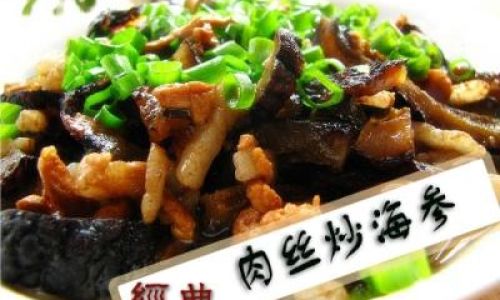
Understanding Sea Cucumber: From Ocean to Plate
Sea cucumbers are echinoderms, marine animals related to starfish and sea urchins, found in oceans worldwide. In culinary contexts, they are prized for their gelatinous texture and mild, briny taste, which absorbs flavors from sauces and aromatics exceptionally well. Most commercially available sea cucumbers are sold dried, requiring rehydration before cooking. The two most common varieties used in stir-fries are Apostichopus japonicus (Japanese sea cucumber) and Holothuria scabra (sandfish), each offering subtle differences in texture and flavor.
Before cooking, dried sea cucumbers must undergo a multi-day rehydration process. This involves soaking them in water, periodically changing the liquid to remove salt and impurities, followed by boiling to soften their tough collagen-rich bodies. Properly rehydrated sea cucumbers should be plump, slightly firm, and free of grit. Skipping this step or rushing the process will result in a chewy, unpalatable texture.
Essential Ingredients for Stir-Fried Sea Cucumber
Creating the perfect stir-fried sea cucumber hinges on balancing high-quality ingredients. Below is a list of components you’ll need, along with their roles in the dish:
- Sea Cucumber: The star ingredient, providing a luxurious mouthfeel and neutral base for flavors.
- Aromatics: Fresh ginger, garlic, and scallions form the flavor foundation, offering pungency and aroma.
- Vegetables: Bell peppers, mushrooms (such as shiitake or wood ear), and bamboo shoots add crunch, color, and earthy sweetness.
- Sauce Base: A mixture of soy sauce, oyster sauce, Shaoxing wine, sesame oil, and sugar creates a savory-umami glaze.
- Thickener: Cornstarch or potato starch helps cling the sauce to the ingredients without making the dish gloppy.
- Oil: Peanut or vegetable oil with a high smoke point ensures even cooking and prevents burning during stir-frying.
- Optional Enhancements: Chili paste, black vinegar, or cilantro can elevate complexity for adventurous palates.
Step-by-Step Guide to Perfect Stir-Fried Sea Cucumber
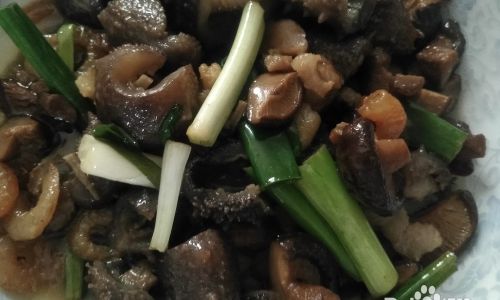
Preparing the Sea Cucumber
- Rehydration: Soak dried sea cucumbers in cold water for 24–48 hours, changing the water every 8–12 hours.
- Cleaning: After rehydration, slit the sea cucumbers lengthwise and remove any internal membranes or grit. Rinse thoroughly.
- Boiling: Place the cleaned sea cucumbers in a pot of fresh water, bring to a boil, then simmer for 30–45 minutes until tender. Drain and cool.
- Cutting: Slice the sea cucumbers into bite-sized pieces, approximately 1.5 inches long and 0.25 inches thick.
Preparing the Aromatics and Vegetables
- Ginger: Peel and julienne a 2-inch piece of fresh ginger.
- Garlic: Mince 4–5 cloves of garlic.
- Scallions: Trim and slice 3–4 scallions into 2-inch segments, separating white and green parts.
- Vegetables: Thinly slice 1 bell pepper (any color), 4–5 shiitake mushrooms (stems removed), and ½ cup bamboo shoots.
Crafting the Sauce
In a small bowl, whisk together:
- 2 tbsp soy sauce (light soy for saltiness, dark for color)
- 1 tbsp oyster sauce
- 1 tbsp Shaoxing wine (or dry sherry)
- 1 tsp sesame oil
- 1 tsp sugar
- ¼ cup water or chicken stock
- 1 tsp cornstarch (dissolved in 1 tbsp water)
The Stir-Frying Process
Stir-frying demands speed, precision, and high heat. Follow these steps for optimal results:
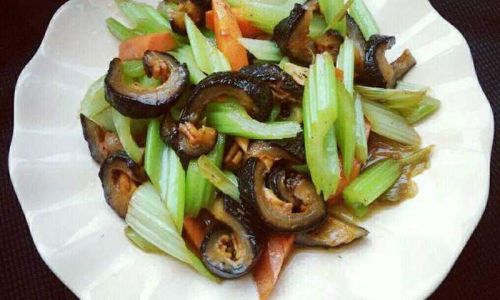
- Heat the Wok: Preheat a carbon-steel wok or large skillet over high heat until wisps of smoke rise. Add 2 tbsp oil and swirl to coat.
- Sear the Aromatics: Add ginger and garlic, stir-frying for 10–15 seconds until fragrant but not browned.
- Add Vegetables: Toss in the white parts of the scallions, bell peppers, mushrooms, and bamboo shoots. Stir-fry for 2–3 minutes until slightly softened.
- Introduce the Sea Cucumber: Add the prepared sea cucumber slices and stir-fry for 1–2 minutes to combine flavors.
- Deglaze with Sauce: Pour in the sauce mixture, stirring vigorously to coat all ingredients. Cook for 1–2 minutes until the sauce thickens and glistens.
- Finish with Scallions: Toss in the green scallion segments and remove from heat immediately to prevent overcooking.
Expert Tips for Achieving Culinary Perfection
- Texture Control: Overcooking sea cucumber turns it mushy, while undercooking leaves it rubbery. Aim for a tender yet slightly resilient texture.
- Wok Hei: The coveted “breath of the wok”—a smoky, charred aroma—is achieved by cooking over intense heat. Ensure your wok is scorching before adding oil.
- Sauce Consistency: Adjust cornstarch quantity based on desired thickness. For a glossier finish, add a drizzle of sesame oil before serving.
- Flavor Layering: Marinate sea cucumber slices in a mixture of soy sauce and Shaoxing wine for 30 minutes before stir-frying to deepen flavor.
- Protein Pairing: For a heartier dish, add diced chicken, shrimp, or tofu during the vegetable stir-fry stage.
Common Pitfalls and How to Avoid Them
- Sandy Texture: Inadequate cleaning during rehydration leaves grit. Always slit and rinse sea cucumbers thoroughly.
- Soggy Vegetables: Overcrowding the wok steams vegetables instead of stir-frying them. Cook in batches if necessary.
- Bland Flavor: Relying solely on soy sauce results in a one-dimensional taste. Balance with oyster sauce, wine, and aromatics.
- Burnt Garlic: High heat can scorch minced garlic instantly. Add it after the wok is hot but before the oil smokes.
Serving Suggestions and Pairings
Stir-fried sea cucumber shines as a centerpiece dish in multi-course Chinese meals. Pair it with:
- Steamed Jasmine Rice: To soak up the flavorful sauce.
- Crispy Fried Noodles: For textural contrast.
- Light Soups: Such as egg drop or tofu soup, to cleanse the palate.
- Wine Pairings: A crisp Riesling or off-dry Gewürztraminer complements the dish’s umami richness without overwhelming it.
Health Benefits and Nutritional Value
Beyond its gourmet appeal, sea cucumber offers notable health advantages:
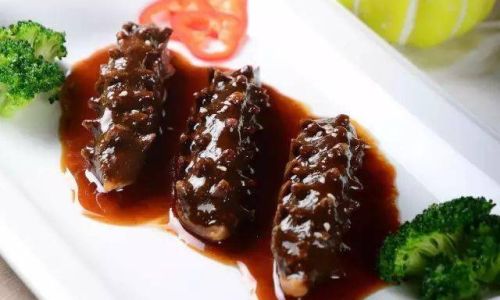
- Protein-Rich: A 100g serving provides 60% of daily protein needs, making it ideal for muscle repair and satiety.
- Collagen Source: The high collagen content promotes skin elasticity and joint health.
- Low in Fat: Virtually fat-free, it suits low-calorie diets.
- Antioxidant Properties: Compounds like triterpene glycosides combat oxidative stress.
Traditional Chinese medicine also reveres sea cucumber for its purported ability to boost immunity, improve circulation, and aid digestion.
Conclusion: Elevating Your Home Cooking
Mastering stir-fried sea cucumber is a testament to patience, precision, and appreciation for culinary craftsmanship. While the preparation demands time and attention, the result—a harmonious blend of textures and flavors—is undeniably rewarding. Whether served at a festive banquet or a cozy family dinner, this dish transcends mere sustenance, embodying the artistry of Chinese gastronomy. With practice, you’ll not only perfect this recipe but also gain the confidence to explore other sea cucumber preparations, from braised dishes to soups. So, embrace the challenge, savor the process, and let your wok transform this humble echinoderm into a culinary masterpiece.
Final Thoughts
Stir-fried sea cucumber is more than a meal—it’s a bridge between tradition and innovation, a canvas for creativity, and a reminder that even the most unassuming ingredients can achieve greatness when treated with respect and skill. As you embark on your culinary journey, remember that every stir, every sizzle, and every nuanced flavor is a step toward becoming a true master of the kitchen. Bon appétit!



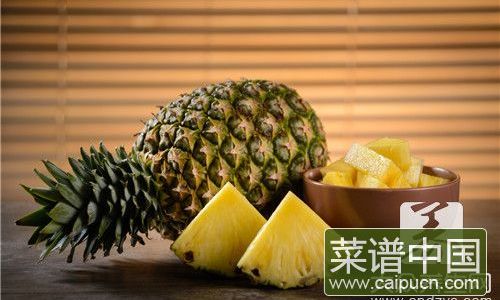
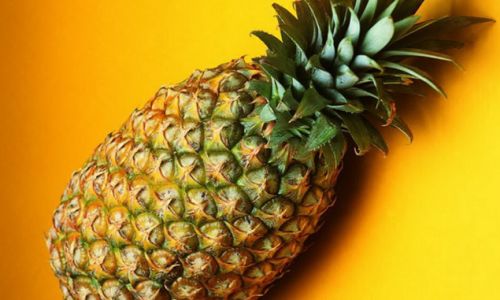

0 comments